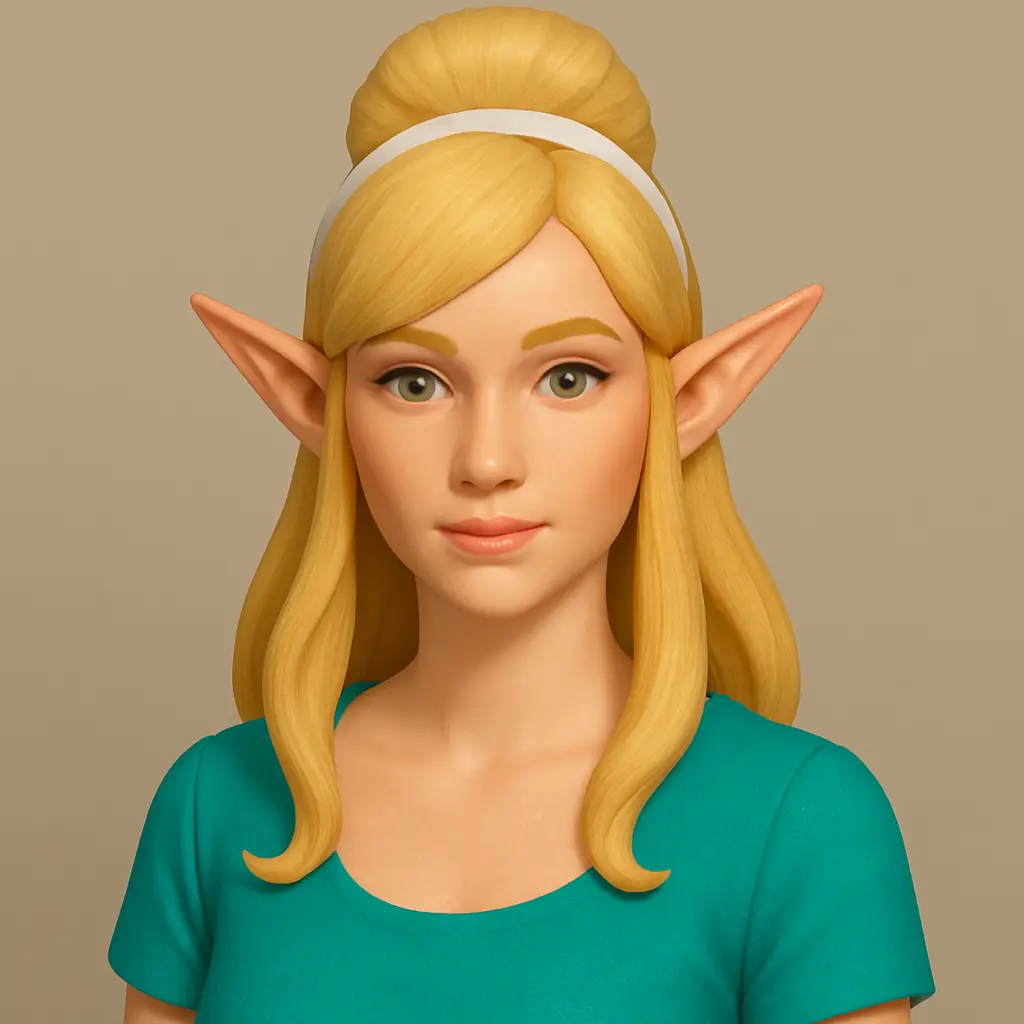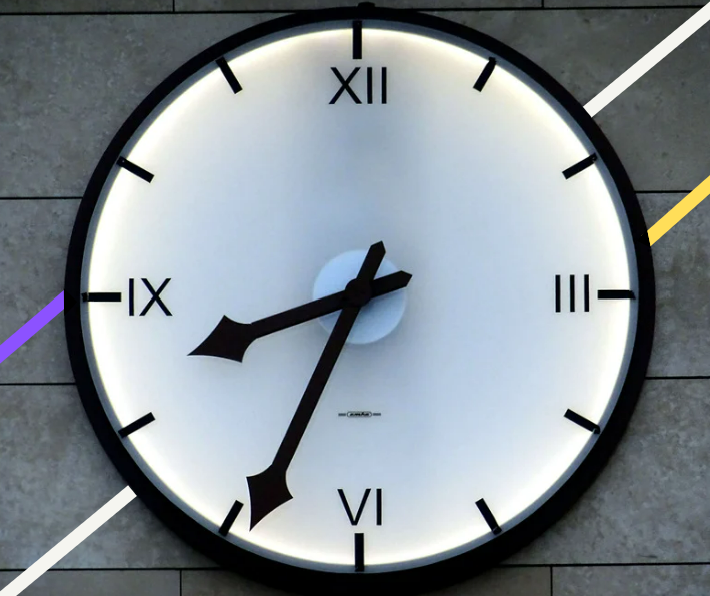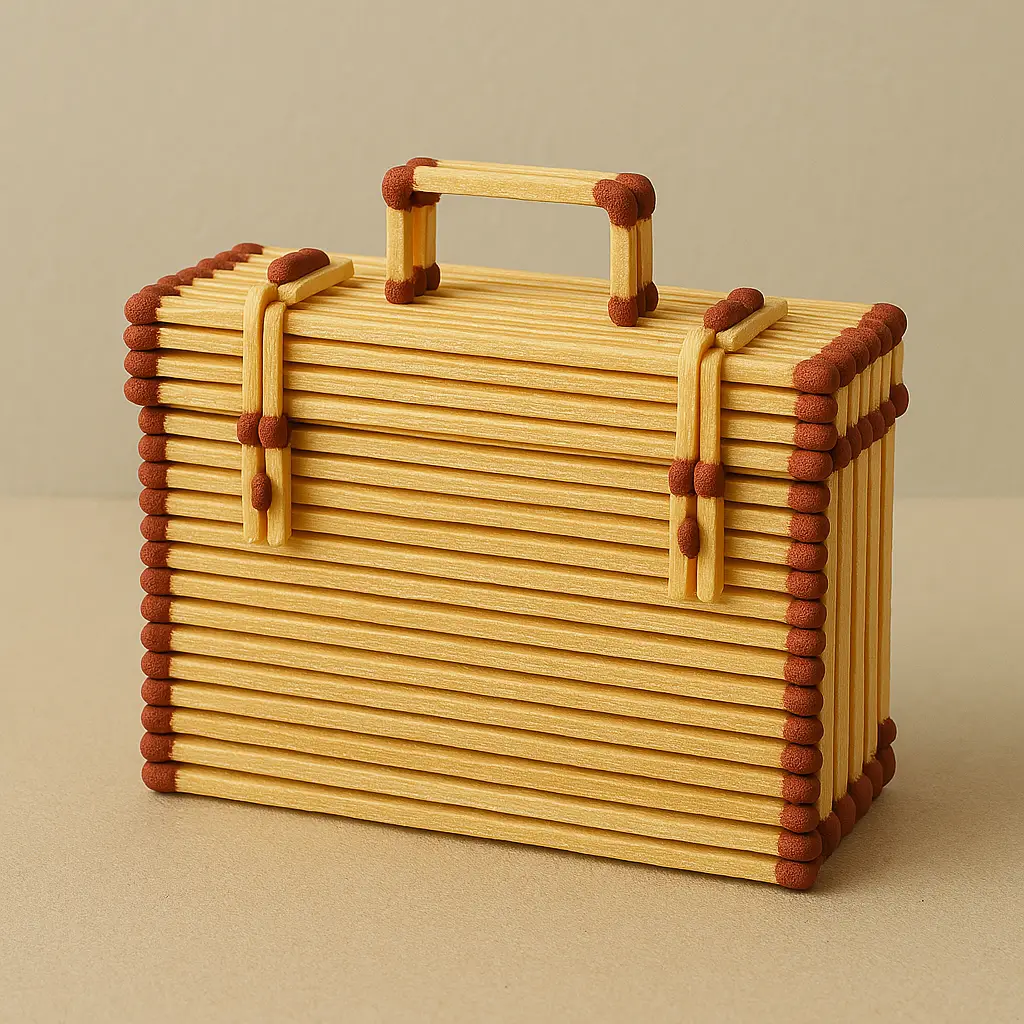
Use a pacman like game for your company!
- Game
- 6 March 2025
Mathilde Pottier
Designer & Founder
Sometimes, an idea is born from a banal detail. An everyday object, a mechanical gesture, a fleeting image. In 1980, at the height of the video game boom in Japan, a designer came up with a game that went against the prevailing trends. No war, no shooting, no destruction. Just a round shape, an open mouth and a maze to navigate. The result? A game with a cult following, instantly recognisable, easy to learn and surprisingly deep. Behind its bright colours and apparent ease lies a mechanic based on avoidance, suspense and the right moment to grab. You know this game. But maybe you don’t know how far its logic goes and what it says about us. Beyond the screen, a whole behavioural grammar is being invented – a way of thinking about movement, failure and anticipation. The rest is a matter of trajectories.
From a pizzeria moment to a worldwide famous game
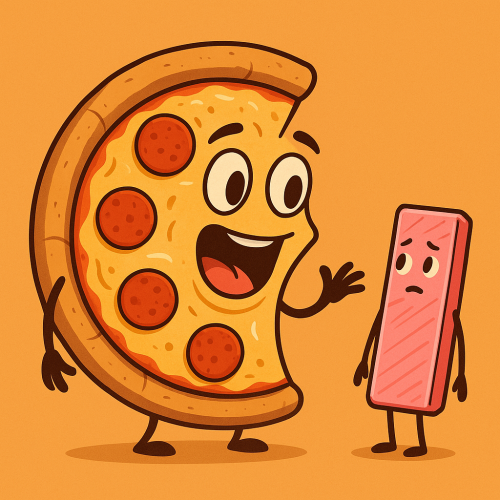
From the pizza to the phenomenon
In 1980 in Japan, Toru Iwatani imagined a different kind of video game. In an era dominated by war simulators and shooting games, he wanted to create a non-violent, accessible, almost playful experience. The idea was born in a pizzeria: looking at a missing slice, he drew an open circle. It would become Pac-Man, a creature hungry for chewing gum, in a colourful maze. The concept is simple, but the gameplay is based on a mechanic of avoidance: running away from ghosts, learning their routines, exploiting their AI’s weaknesses. Pac-Man doesn’t attack; he avoids. This reversal of the rules of the game set the standard. With its clear rules, bright colours and progressive difficulty, the game appealed to a much wider audience than the usual arcade crowd. It became a global phenomenon, a pop icon and a model of intuitive design. Forty years on, Pac-Man remains a symbol of intelligent play in all its simplicity.
Pinky, Blinky, Inky and Clyde
Behind the apparent simplicity of Pac-Man lies a game of cross behaviour, where each ghost imposes a different logic. Blinky, the red one, pursues Pac-Man relentlessly. He doesn’t deviate, he doesn’t bluff: he is the embodiment of constant pressure, the pressure to flee without respite. Pinky, the pink one, is more subtle: it anticipates the player’s trajectory to catch him from the front. He forces you to change your strategy, to think against yourself. Inky, the blue one, is the most unsettling: unpredictable, he combines the movements of Blinky and Pac-Man to create chaotic behaviour. All the player can do is adapt. Finally, Clyde, the orange one, gives a false impression of calm: he seems to run away, then suddenly comes back. He is the enemy who punishes overconfidence. Together, these four figures turn each section into an exercise in reading, reflexes and anticipation. The labyrinth is fixed, but the pieces are alive.
The roles’ inversion
In the world of Pac-Man, escape isn’t the only option. Hidden in the corners of the maze, four PAC-Gummies offer a temporary alternative: role reversal. For a few seconds, Pac-Man stops being prey and becomes the hunter. The ghosts flee, vulnerable. But this power is fleeting. Used badly, it saves nothing. Too soon, it’s wasted; too late, it’s gone. The player must, therefore, learn to read the map, anticipate enemy movements and activate this resource at the right moment. This simple mechanism creates a constant strategic tension: every Pac-Gum becomes a promise of survival… or a mistake in timing. This principle isn’t just for fun: it echoes familiar human logic – waiting for the right moment, taking a calculated risk, exploiting a temporary loophole. In this way, Pac-Man becomes more than a game of reflexes: it becomes an exercise in clarity.
The social avoidance
Blinky: Fleeing from persistent problems
In Pac-Man, Blinky is always there. He follows relentlessly, without diversions. He’s the embodiment of those recurring, familiar, but never resolved problems. In real life, some people adopt the same stance as Pac-Man when confronted with him: flee to keep their distance, keep moving to avoid impact. It’s a survival strategy, not a resolution strategy. We change rooms, subjects, activities – sometimes even cities or social circles – to avoid facing what keeps coming back. Like Blinky, these concerns don’t disappear. They adapt, reappearing elsewhere in other forms. Avoidance becomes a reflex. A simple example: a person who, when faced with a delicate question, deflects the conversation, mentions something else, or makes more jokes. This is not indifference, but anticipatory fatigue, a way of staying on the move so as not to be caught out. As in the game, it works… up to a point.

Becca Tapert
Pinky: the anticipation of behaviors to avoid traps
Pinky doesn’t attack from the front. He anticipates. In Pac-Man, he doesn’t follow the player: he anticipates his trajectory and positions himself where he thinks the other player will go. This mechanism has an obvious echo in our everyday interactions. By anticipating other people’s reactions, we can often avoid conflict before it arises. In a debate, a tense discussion or even a negotiation, anticipating the breaking point, the offending word, or the tense tone can make all the difference. You don’t just adapt what you say, but how you say it, to whom and when. A common example: adjusting your speech in a meeting, modulating your vocabulary so as not to offend, and shifting a sensitive topic to avoid confrontation. As with Pinky, it’s not about avoiding the truth, it’s about choosing the most skilful route so that you don’t end up where you were going… too quickly.
Inky and Clyde: Managing the unexpected and the illusion of control
In Pac-Man, Inky is the one you can never really read. His behaviour varies and changes according to the situation, creating chaos where we thought we had a strategy. In our lives, it’s the unexpected: that one word too many, that sudden silence, that gesture that changes the dynamic. Clyde, on the other hand, seems harmless, almost distracted – until he suddenly returns. Together, they embody that part of human interaction that defies calculation. You think the relationship is under control, the environment stable… then a detail turns everything upside down. A friendship with no apparent tension can suddenly crack over a misunderstanding, an oversight, a word misinterpreted. It’s not the drama that strikes but the discrepancy between what is expected and what happens. In such moments, as with Inky or Clyde, it’s no longer a matter of anticipating – it’s a matter of adapting, quickly, before you’re stuck without having seen it coming.
Waze: and the avoidance strategy.
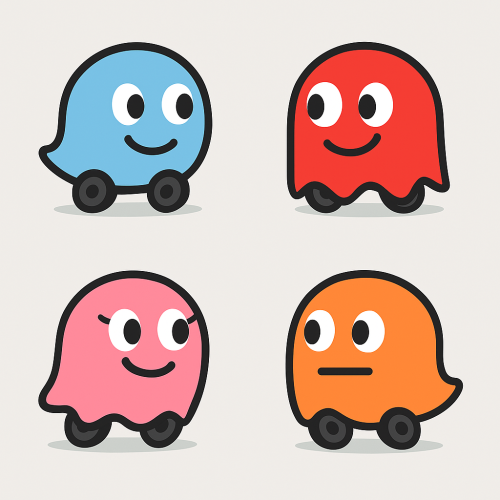
Pinky: the invisible tactician
In Pac-Man, Pinky never attacks directly. He positions himself where you’re going to be, not where you are. He acts in advance, gently, without brutality. Waze follows the same logic. The aim is not only to save time but also to reduce mental stress: avoid complicated junctions, dangerous lane changes, and stressful last-minute decisions. The app anticipates moments of stress before they occur and adjusts the route to avoid them. You don’t always notice why the route is smooth, but you feel it. It’s this subtle anticipation that makes driving more relaxed. For example, instead of a left turn on a fast road, Waze takes you through two right turns, which are easier and more natural. Like Pinky, it doesn’t avoid the problem head-on – it intelligently avoids it without you having to think about it.
Inky, the community unforeseen
In Pac-Man, Inky is the one you never quite understand. He doesn’t follow a clear logic, he reacts, combines and surprises. On the road, it’s all about the unexpected: a temporary speed camera, a cardboard box falling off a lorry, an accident just around a bend. What Waze picks up is not fixed data but human warnings shared in real time. Where a conventional GPS only sees the road, the Waze community makes visible what is not yet visible. A pothole reported ten minutes ago, an unexpected traffic jam, a sudden braking manoeuvre – all clues that your route may need to be changed. Inky is not there to reassure you but to force you to pay attention. Waze does the same: it doesn’t avoid dangers; it shows them before they reach you. An accident around a bend? You know about it before you see it.
Blinky… and Clyde, the threat and error
On the road, as in Pac-Man, Blinky is the frontal threat. He sticks, he blocks, he prevents progress. In Waze, he’s the bright red cork on the map, the one to avoid at all costs. But there’s another danger lurking: Clyde, the fickle ghost who follows and then wanders off without logic. He represents those poorly calibrated detours, those side roads that everyone takes… until they become new traffic jams. So Waze has to do more than avoid: it has to regulate. Every proposed route is a moving hypothesis. If a detour becomes saturated, it disappears from the options. For example, a small country road is used en masse to avoid a traffic jam. It ends up slowing down, so Waze discards it in real time. The challenge is not only to avoid Blinky but also to avoid becoming Clyde by accidentally creating what you wanted to avoid.
The overall avoidance
Whether it’s ghosts in a maze or traffic jams on a GPS map, the logic remains the same: see what’s coming and avoid it. What Pac-Man did in 1980, Waze does in the digital age: anticipation becomes an everyday tool. Each ghost represents a social or psychological strategy, each detour a choice made under pressure. Blinky is the constant threat. Pinky, the projection of reactions. Inky, the unexpected. Clyde, the illusion of safety. These playful characters resonate strangely with our behaviour in the face of stress, conflict, or uncertainty. Pac-Man has never been a simple game of points. It poses a question that is still relevant today: how far can we run, how far can we dodge, how far can we avoid? And when do you finally have to face it? From arcade games to navigation applications, the game becomes a language, a way of reading our environment… and our paths of avoidance.


